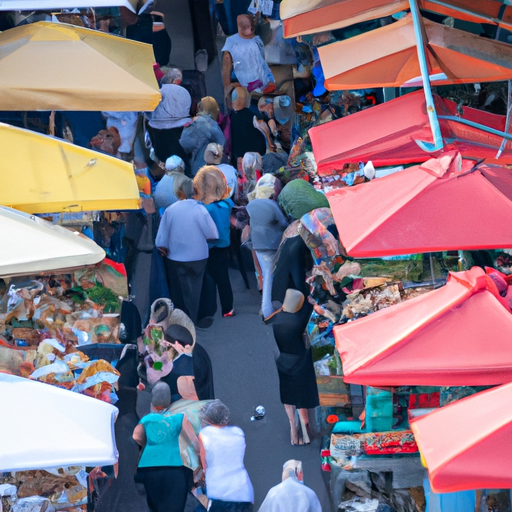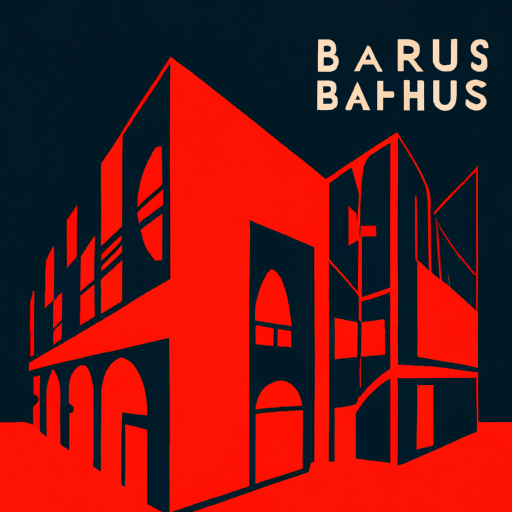Tel Aviv, Israel's economic and technological hub, is a city that never sleeps. This blog post offers an insider's perspective on exploring Tel Aviv, highlighting its charming neighborhoods, vibrant nightlife, rich history, and diverse gastronomy scene through the eyes of a local guide. From beaches to Bauhaus architecture, we'll take you on a journey that goes beyond the typical tourist experience.
"Tel Aviv's Neighborhoods: Where History Meets Modernity"
Tel Aviv, the vibrant city on the Mediterranean coast, is a melting pot of history and modernity. Its neighborhoods are a testament to the city's rich past and its forward-thinking approach. Exploring Tel Aviv's neighborhoods with a local guide provides a unique opportunity to delve into the city's fascinating history while experiencing its modern energy.
- 1. Jaffa:
The Ancient Port City:
One of the oldest parts of Tel Aviv, Jaffa is a neighborhood steeped in history. It dates back thousands of years and has witnessed the rise and fall of civilizations. Today, Jaffa is a captivating blend of ancient charm and contemporary allure. Its narrow cobbled streets are lined with art galleries, boutiques, and trendy cafes. The iconic Jaffa Clock Tower and the ancient port offer a glimpse into the neighborhood's past, while the vibrant flea market showcases the fusion of cultures that define Tel Aviv. - 2. Neve Tzedek:
The Birthplace of Tel Aviv:
Neve Tzedek, the first Jewish neighborhood outside of Jaffa, is a testament to the city's beginnings. Founded in 1887, it exudes a bohemian and artistic atmosphere. Walking through its picturesque streets, you can admire the beautifully restored buildings that showcase the architectural styles of the early 20th century. Neve Tzedek is also home to the Suzanne Dellal Center for Dance and Theater, a cultural hub that hosts world-class performances. - 3. Florentin:
The Hipster Haven:
For those seeking Tel Aviv's modern and trendy side, Florentin is the neighborhood to explore. Known for its vibrant street art, eclectic cafes, and bustling nightlife, Florentin has become a hub for artists, musicians, and young professionals. The neighborhood's industrial charm blends seamlessly with its creative energy, making it a must-visit for anyone looking to experience the city's contemporary vibe.
So many things to see , you can always opt for a tel aviv daily tour with a guide and see all of the highlights.

A panoramic view of the bustling Carmel Market, showcasing a variety of fresh produce and local delicacies.
Why is Tel Aviv's Nightlife Considered Among the Best in the World?
Tel Aviv's nightlife is renowned worldwide for its energy, diversity, and non-stop party atmosphere. There are several factors that contribute to the city's reputation as one of the best nightlife destinations in the world.
Firstly, Tel Aviv's nightlife scene offers something for everyone. Whether you're into hipster bars, trendy nightclubs, live music venues, or beachfront parties, the city has it all. The sheer variety of venues ensures that every night out in Tel Aviv is a unique experience.
Secondly, the city's liberal and open-minded atmosphere contributes to its vibrant nightlife. Tel Aviv is known for its acceptance and celebration of diversity, which is reflected in its nightlife scene. LGBTQ+ clubs and bars thrive in the city, creating a welcoming and inclusive environment for all.
Furthermore, Tel Aviv's nightlife operates on a different schedule than many other cities. While other places may start winding down after midnight, Tel Aviv is just getting started. The party often continues until the early hours of the morning, with clubs and bars staying open until sunrise. This unique rhythm adds to the city's reputation for a thrilling and never-ending nightlife experience.
Finally, the city's location on the Mediterranean coast adds an extra touch of magic to its nightlife. Tel Aviv's beachfront clubs and bars offer stunning views of the sea, creating an unforgettable backdrop for a night out. The combination of warm weather, refreshing sea breezes, and lively music sets the stage for an exhilarating evening by the water.
"Bauhaus Architecture: How Did Tel Aviv Become the White City?"
Tel Aviv is often referred to as the "White City" due to its abundance of Bauhaus architecture. But how did this architectural style become so prevalent in the city? The answer lies in the history and development of Tel Aviv.
In the 1930s, a wave of Jewish immigrants arrived in Tel Aviv, seeking refuge from persecution in Europe. With them, they brought a desire to build a new city that would reflect their modern ideals. They turned to the Bauhaus architectural movement, which emphasized functionality, simplicity, and clean lines.
The Bauhaus style, also known as International Style, was a revolutionary approach to architecture that rejected ornate details and embraced simplicity. Its focus on functionality and practicality made it a perfect fit for the rapidly growing city of Tel Aviv. As a result, numerous Bauhaus buildings were constructed, giving the city its distinct white façade.
Tel Aviv's transformation into the White City was further cemented in the 2000s when UNESCO recognized the significance of its Bauhaus architecture. In 2003, the White City of Tel Aviv was designated as a UNESCO World Heritage site, acknowledging its importance as a unique architectural ensemble.
Today, strolling through the streets of Tel Aviv, you can admire the numerous Bauhaus buildings that dot the cityscape. The characteristic white buildings with clean lines and balconies have become iconic symbols of Tel Aviv's architectural heritage.

An illustration of the iconic Bauhaus style buildings, highlighting their unique and functional design.
Tel Aviv's Food Scene: Have You Tasted the Diversity?
Tel Aviv's food scene is a true reflection of the city's diverse and multicultural identity. With a melting pot of cultures and influences, the culinary offerings in Tel Aviv are nothing short of extraordinary. From traditional Middle Eastern dishes to international fusion cuisine, there is something to satisfy every palate.
One of the highlights of Tel Aviv's food scene is its vibrant street food culture. The city is dotted with bustling markets and food stalls offering a wide array of mouth-watering treats. Whether it's falafel, shawarma, or sabich, the local street food is a must-try for both locals and tourists alike. The flavors are bold, the portions are generous, and the aromas wafting through the air are simply irresistible.
But Tel Aviv's food scene goes beyond street food. The city is also home to a thriving fine dining scene, with a multitude of award-winning restaurants helmed by renowned chefs. These establishments showcase a fusion of cuisines, blending traditional Israeli ingredients with international flavors. From Mediterranean seafood to Asian-inspired delicacies, the culinary creativity knows no bounds in Tel Aviv.
What sets Tel Aviv's food scene apart is its commitment to freshness and quality. The city is blessed with an abundance of fresh produce, thanks to its proximity to fertile agricultural regions. Farmers' markets and organic food stores are popular destinations for health-conscious individuals looking to indulge in locally sourced ingredients.
Exploring Tel Aviv with a local guide allows you to uncover hidden gems and understand the city's culture from an intimate perspective. The vibrancy of the city, its rich history intertwined with modernity, and its eclectic gastronomy scene make Tel Aviv a must-visit destination. Every corner of this city has a story to tell, and there's no better way to hear it than from a local.

מנשה בטיטו, אמן, יוצר, ואיש משפחה. התמונה שלו לקוחה מאתר שנקרא "האדם הזה לא קיים" אשר יוצר תמונות באמצעות בינה מלאכותית, אבל מעבר לזה מנשה הוא מבקר ספרות נלהב, ודרופשיפר מוצלח. כל הדעות באתר הן אך ורק שלו.
